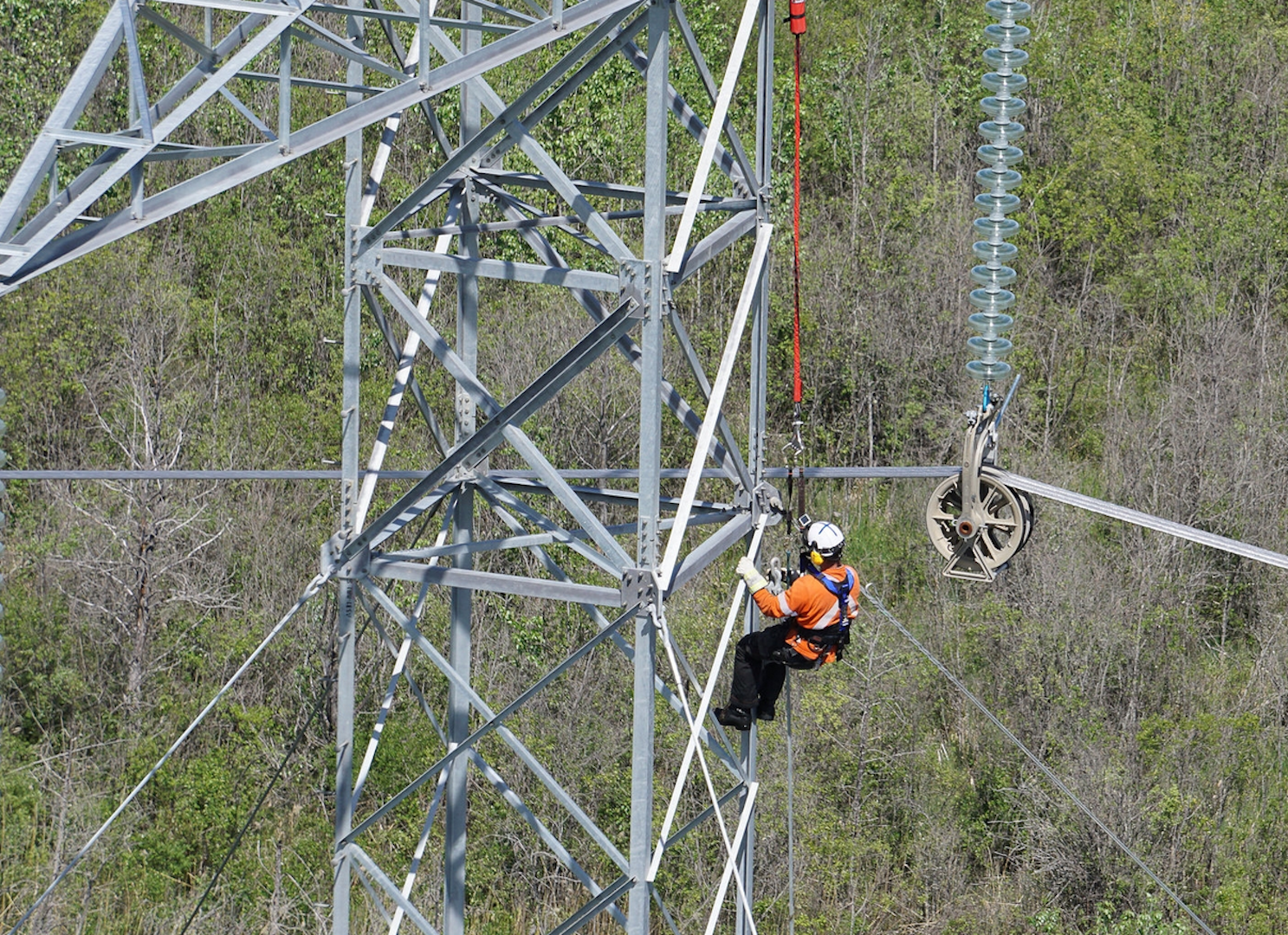Estimated reading time 3 minutes, 58 seconds.
Boost Human External Cargo Systems Inc., a provider of human external cargo (HEC) equipment for aerial rescue and worker placement, is currently the sole North American supplier of 14 CFR § 27.865 compliant HEC dual hook systems (DHSs) and a personnel carrying device system (PCDS).

These supplemental type certificate (STC) approved systems offer an immediate alternative for the May 2017 advisory circular AC 133-1B requirements regarding the use of portable safety devices (PSDs)/belly bands.
In addition to PSD design, operation, limitations, materials, training and inspection requirements AC 133-1B also notes additional cargo hook equipment upgrade requirements (See § 27. 865 where HEC design requirements were introduced October 1999):
- Substantiate a higher static limit load (3.5 load limit) for the external-load attaching means and corresponding personnel carrying device system;
- Incorporate separate dual actuation devices for both the primary and backup quick-release systems in the aircraft;
- Substantiate more stringent electromagnetic interference and lightning protection for the quick-release system in the aircraft;
- Use a personnel carrying device system with improved structural integrity and personnel safety features.
- Conduct a fatigue evaluation of the aircraft quick-release system, attaching means, and personnel carrying device system.
PSD operators are struggling to comply with these updated PSD requirements.
“Our HEC systems do not use a PSD. Therefore, operators of Boost’s HEC systems are unhindered by the legacy issues faced by operators of older equipment. Boost has advanced the technology and safety, in some cases, by more than 20 years,” said Jeff Yarnold, Boost Systems’ vice-president of operations.
In March 2016 the Federal Aviation Administration (FAA) approved Boost’s HEC Systems per STC No. SR03681NY.
This STC now includes DHSs and PCDSs for two of the most commonly used aircraft types for search and rescue and worker placement–the Bell 407 and Airbus AS350/355.
Bell 407 HEC systems have been available since March of 2017. These systems were immediately added by Parks Canada to complement its existing inventory of Boost AS350/355 HEC systems.
Boost’s HEC systems are for use with Visitor Safety and Wildfire Management
Programs in British Columbia, Alberta and Yukon. Their backcountry emergency response program is recognized globally as maintaining the highest standards and certifications and visitor safety is a top priority for Parks Canada.
Yarnold said: “We are pleased that Nevada-based Skydance Helicopters is the first U.S operator to adopt our system, which is currently deployed for powerline construction in Puerto Rico.
“The Bell 407 is one of the top civil helicopters in use so its addition to our approved model list provides another option for worker placement and search and rescue operations in the U.S.”
Boost’s HEC systems were first approved August 2015 by TCCA per STC SH15-39. These HEC systems include an airframe dedicated DHS and a PCDS.
The DHSs are rated for up to 1,100 pounds (500 kilograms) of human cargo, effectively twice the payload of most PSD kits.
The HEC Hook’s guarded primary release is located on the pilot’s cyclic and the panel mounted guarded backup release is located within the pilot’s reach therefore a dedicated “emergency release” crewmember is not required.
The PCDS includes sub-kits for suspension, attachment and carrying devices. These HEC systems are also supported with approved flight manual supplements and instructions for continued airworthiness documentation.








